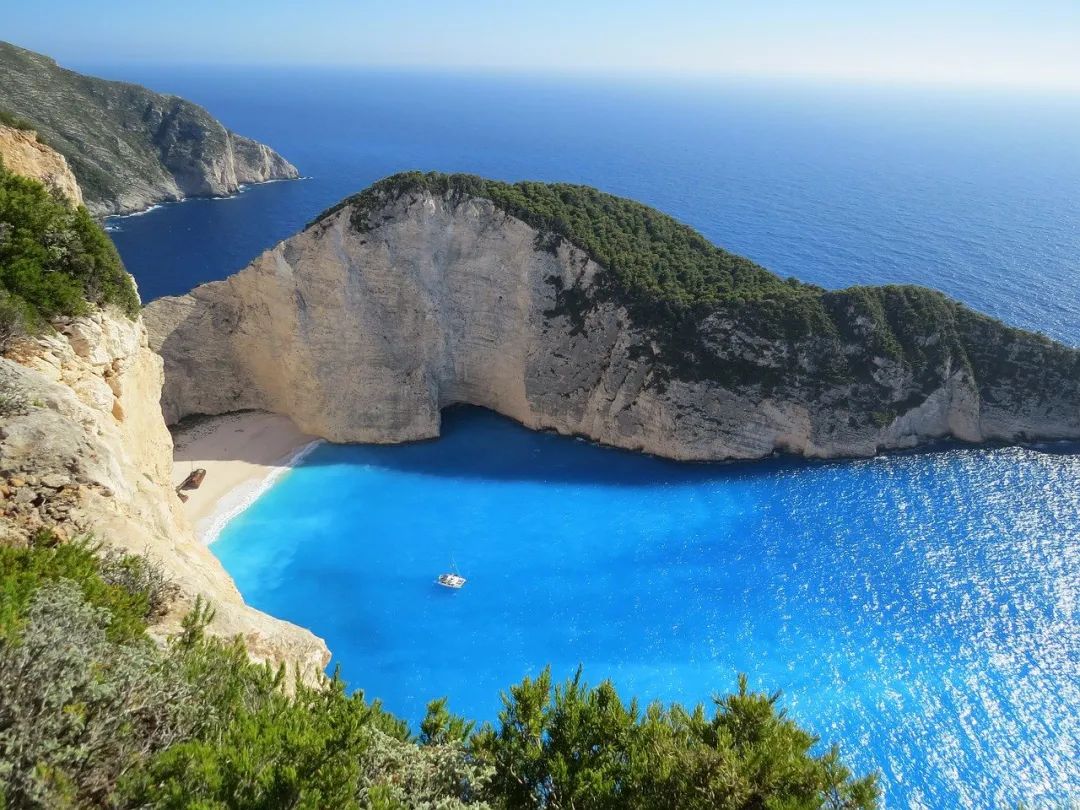GRE写作范文——Plankton

编辑点评: 研习GRE作文考试的优秀范文不仅可以学到有用的词汇和句子,更能从中学习逻辑的构建方式和作文框架的结构等内容,这里为大家提供GRE的范文,希望对同学们的备考有所帮助。
Scattered through the seas of the world are billions of tons of small plants and animals called plankton. Most of these plants and animals are too small for the human eye to see. They drift about lazily with the currents, providing a basic food for many larger animals.
Plankton has been described as the equivalent of the grasses that grow on the dry land continents, and the comparison is an appropriate one. In potential food value, however, plankton far outweighs that of the land grasses. One scientist has estimated that while grasses of the world produce about 49 billion tons of valuable carbohydrates each year, the sea s plankton generates more than twice as much.
Despite its enormous food potential, little effect was made until recently to farm plankton as we farm grasses on land. Now marine scientists have at last begun to study this possibility, especially as the sea s resources loom even more important as a means of feeding an expanding world population.
No one yet has seriously suggested that plankton-burgers may soon become popular around the world. As a possible farmed supplementary food source, however, plankton is gaining considerable interest among marine scientists.
One type of plankton that seems to have great harvest possibilities is a tiny shrimp-like creature called krill. Growing to two or three inches long, krill provides the major food for the great blue whale, the largest animal to ever inhabit the Earth. Realizing that this whale may grow to 100 feet and weigh 150 tons at maturity, it is not surprising that each one.
编辑点评: 研习GRE作文考试的优秀范文不仅可以学到有用的词汇和句子,更能从中学习逻辑的构建方式和作文框架的结构等内容,这里为大家提供GRE的范文,希望对同学们的备考有所帮助。
Scattered through the seas of the world are billions of tons of small plants and animals called plankton. Most of these plants and animals are too small for the human eye to see. They drift about lazily with the currents, providing a basic food for many larger animals.
Plankton has been described as the equivalent of the grasses that grow on the dry land continents, and the comparison is an appropriate one. In potential food value, however, plankton far outweighs that of the land grasses. One scientist has estimated that while grasses of the world produce about 49 billion tons of valuable carbohydrates each year, the sea s plankton generates more than twice as much.
Despite its enormous food potential, little effect was made until recently to farm plankton as we farm grasses on land. Now marine scientists have at last begun to study this possibility, especially as the sea s resources loom even more important as a means of feeding an expanding world population.
No one yet has seriously suggested that plankton-burgers may soon become popular around the world. As a possible farmed supplementary food source, however, plankton is gaining considerable interest among marine scientists.
One type of plankton that seems to have great harvest possibilities is a tiny shrimp-like creature called krill. Growing to two or three inches long, krill provides the major food for the great blue whale, the largest animal to ever inhabit the Earth. Realizing that this whale may grow to 100 feet and weigh 150 tons at maturity, it is not surprising that each one.









